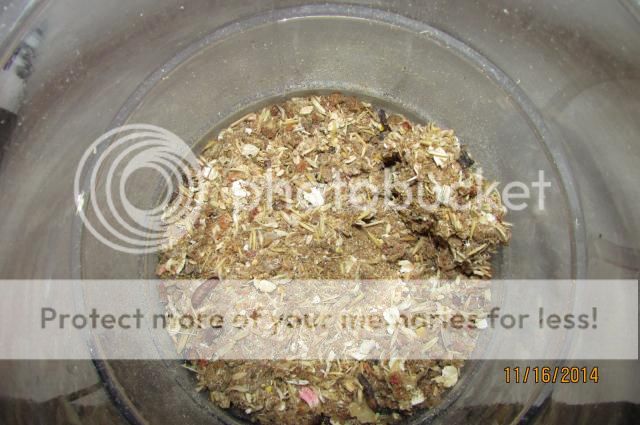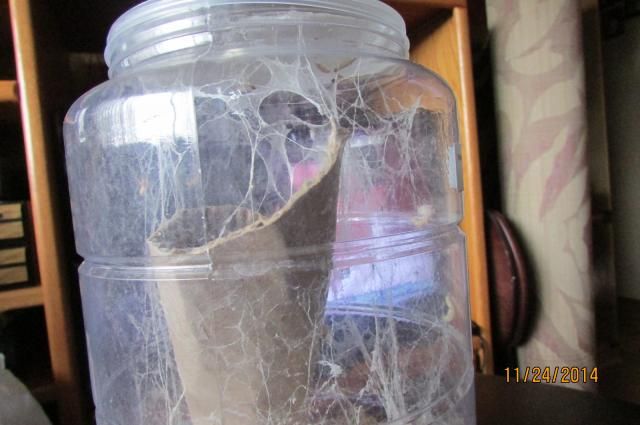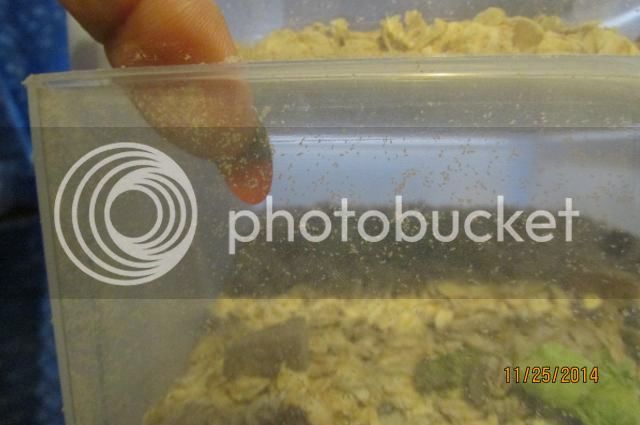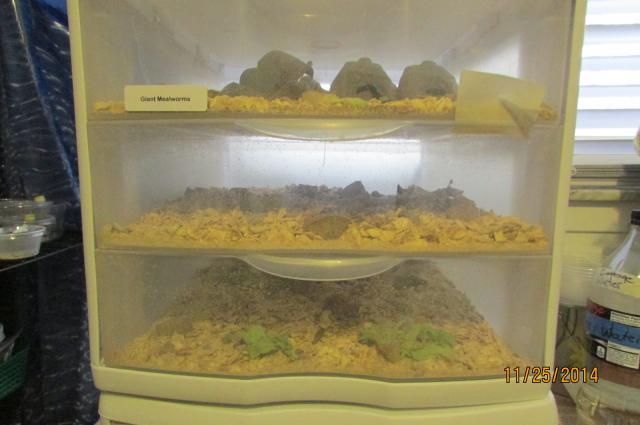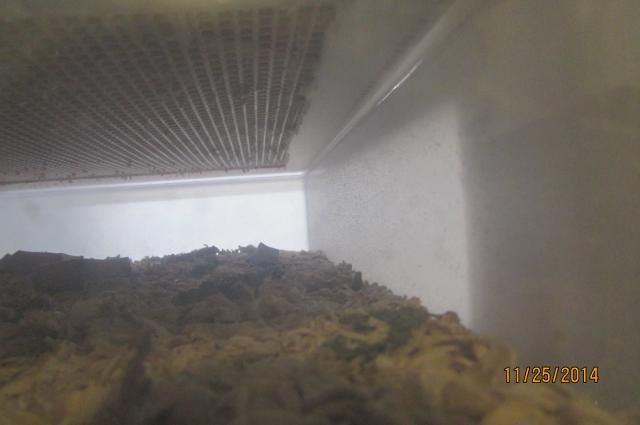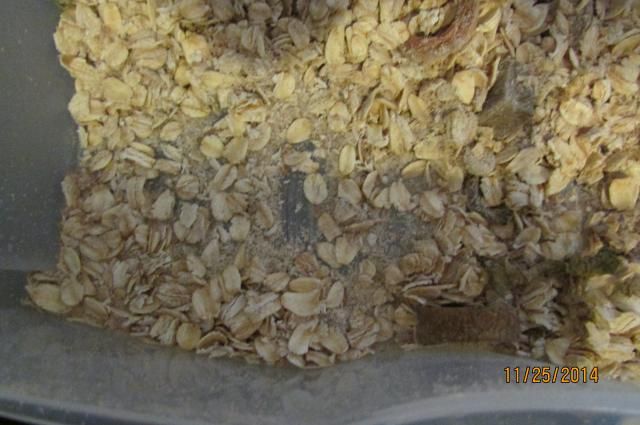The grain moths, also known as pantry moths, are useful feeders, but can become serious house pests that'll manage to get into and breed in any carbohydrate sources in your house. I get them from time to time in infested poultry feed, and they're really quite useful for feeding smaller mantises. A common indicator that your grains or dried carbohydrates have been infested by pantry moths is the presence of webbing.
It would probably be best if you started over with your mealworms as grain mites can be difficult to deal with one they've started an infestation. You should vacuum the entire area around your mealworm cultures to remove the living and dead grain mites that have crawled out as they can cause severe allergies to develop with prolonged exposure. You can begin a culture of mealworms with just wheat bran and some adult mealworm beetles. Provide them moisture with slices of carrot or potato on top of something they can crawl into so that the moisture can't come into direct contact with the substrate. You will have to make sure that the wheat bran isn't infested with pantry moths and that you can prevent potential infestations within the culture.
It isn't entirely necessary to provide the larval mealworms themselves with a constant source of moisture as they have evolved a very efficient way of retaining metabolic water produced by breaking down carbohydrates. WIthholding a water source will cause a decrease in growth rate, but they can still survive and reproduce. If you feel they're growing too slowly and you have to provide your mealworms with moisture, it's best to do so with water sources that retain their moisture and do not leak or cause excess humidity through evaporation. For example, root vegetables that retain moisture are an excellent choice while fruits with lots of moisture and leafy greens are a poor choice. Always try to limit the amount of contact between the moisture source and the substrate. A shallow dish that the mealworms can crawl in and out of would work--you can use paper towel to give them the grip they need to travel on and off the dish. You could also clear an area of substrate and place the moisture source there as well.
